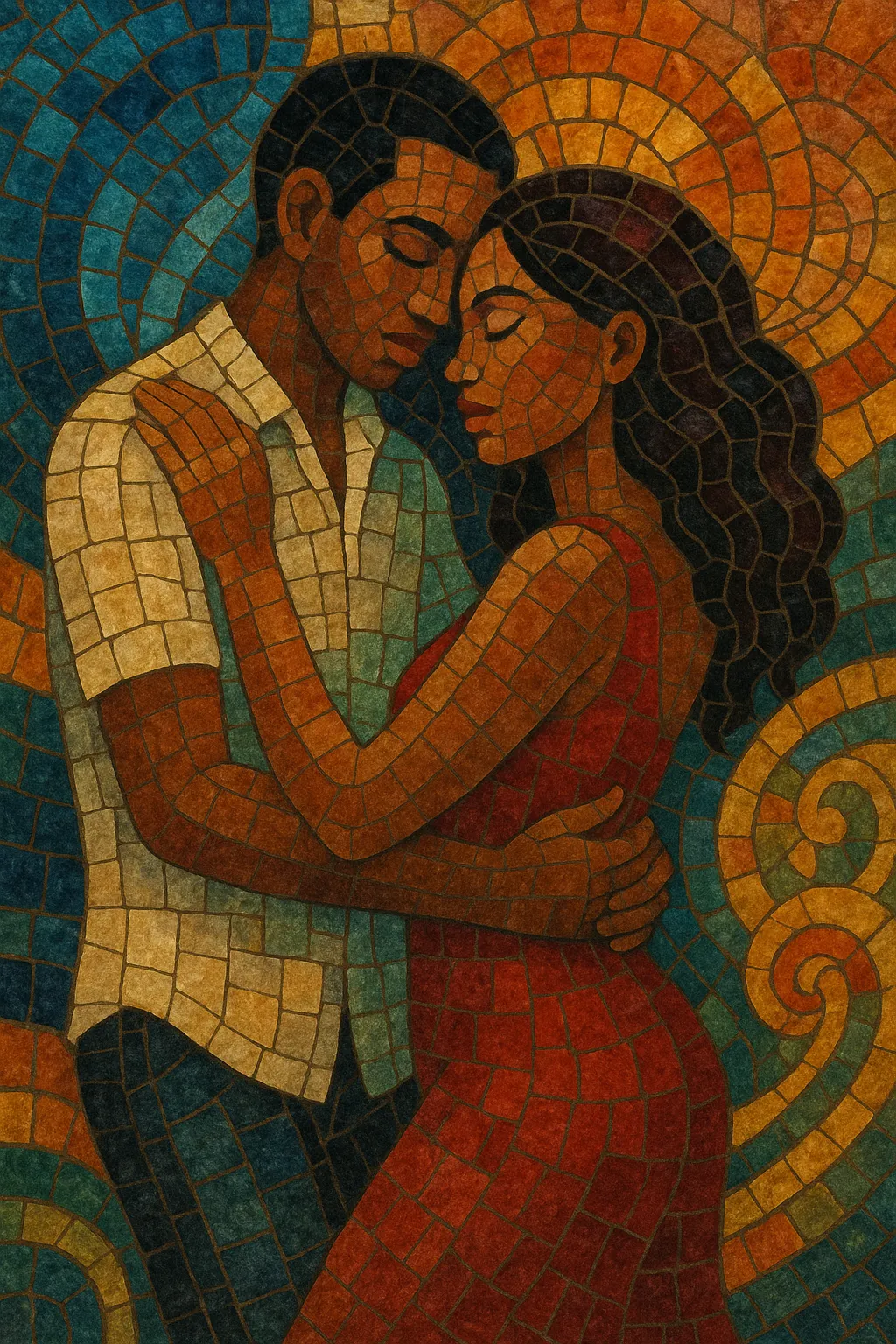Zouk love is the slow, romantic branch of zouk that emerged from the French Caribbean scene (Guadeloupe and Martinique) in the 1980s. It emphasizes tender, emotive vocals over smooth, syncopated grooves and lush keyboards, creating an intimate, danceable feel.
Compared with up-tempo carnival zouk, zouk love runs at a slower tempo and focuses on sensual mood, melody, and storytelling. Lyrics are often in Antillean Creole or French, and arrangements blend drum machine patterns with live percussion, rounded bass lines, silky guitar comping, and warm pads or strings.
Zouk love grew out of the broader zouk movement spearheaded by Antillean musicians (notably Kassav') who fused compas, cadence-lypso, biguine, calypso, and soca with modern studio production. In parallel to fast, carnival-ready tracks, bands and singers crafted slower, more intimate songs that centered on romance and sensuality—this aesthetic became known as "zouk love."
By the late 1980s, the slow, romantic style had distinct identity on radio and dance floors in the French Antilles, Paris, and diasporic hubs. The 1990s saw a flourishing of solo vocalists and groups specializing in zouk love, refining polished drum-machine grooves, smooth bass, guitar skanks, and lush keyboards. The era established the genre’s core vocal approach—expressive lead melodies, call-and-response ad‑libs, and lyrical narratives about love, longing, and intimacy.
In the 2000s, zouk love’s sensibility traveled widely, particularly to Lusophone Africa and Cape Verde, where it helped inspire kizomba and cabo-zouk and contributed to the development of tarraxinha. Streaming-era playlists and social dance scenes kept the sound visible internationally, while newer artists blended R&B and pop production with classic Antillean grooves. Today, zouk love remains a staple of Caribbean and Afro-diasporic slow-dance culture, valued for its romantic mood and elegant rhythmic feel.


